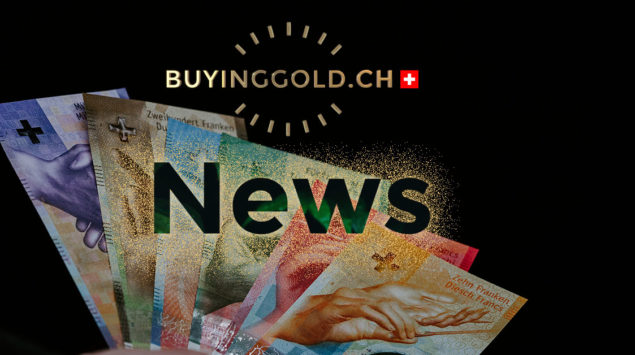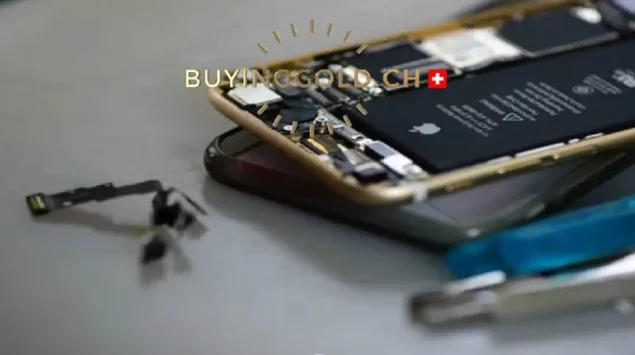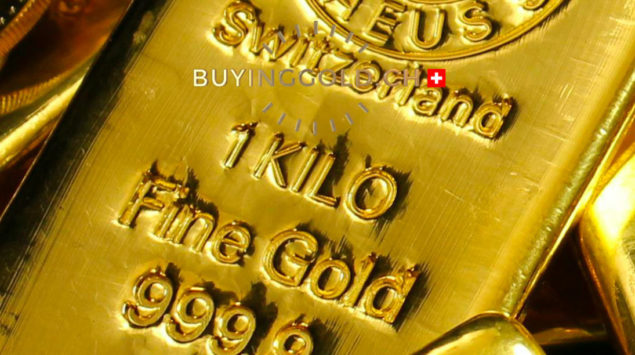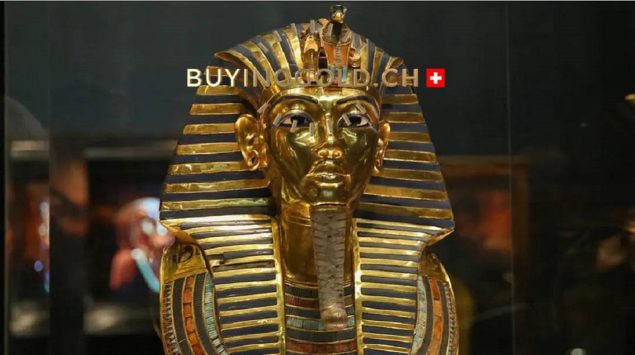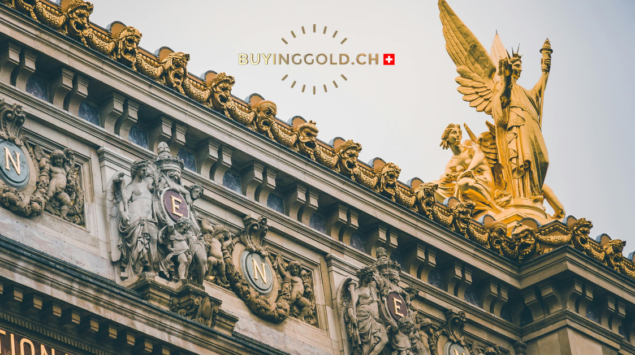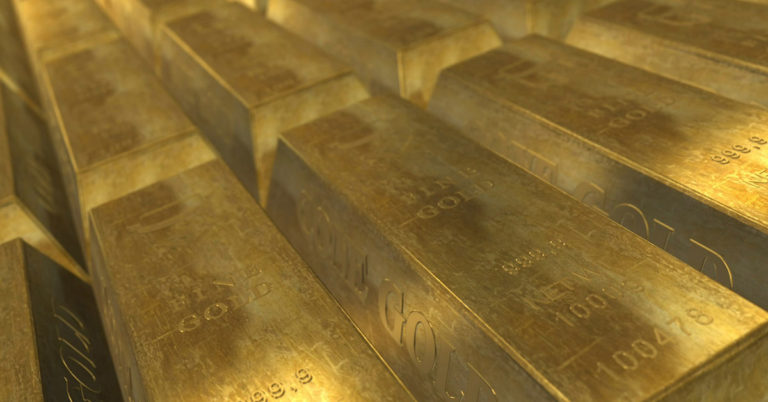
Among the coins and the different types of gold ingots, the production processes vary enormously: while the largest investment ingots require simple methods such as liquefaction or molding before they are sold, the smaller ingots and coins require additional work of polishing, cleaning or finishing. And there is an immediate consequence: coins and small ingots require more time, so their production cost is higher. This extra effort, added to several other criteria such as supply and demand, the state of conservation, the geographical location or the scarcity of a product, is included in the bonus concept, which corresponds to the difference between the price of the gold that makes up a coin or an ingot and its negotiated price. This criterion is taken into account when setting the price, just like the rate of the precious metal and its weight.
In concrete terms, the bonus is a percentage. It can be positive but also negative. When buying, it is best to choose an ingot or a coin which has the lowest bonus so that you only pay the current gold price. Then, the higher the bonus is, the more profit you’ll make on the resale of a coin. If well mastered, the bonus can therefore allow sellers, whether they are collectors or investors, to do good business. In fact, while the sale of a large gold ingot will only be determined by the gold price on the market and the ratio between supply and demand, a high-bonus coin will find a better buyer and will generate a real profit. In order to maintain a high percentage, it is important that the coin is not worn or damaged. But be careful, in some countries such as France, excessively high bonuses can lead to an increase in VAT on resale.
ATCBG/FGE/ATC




